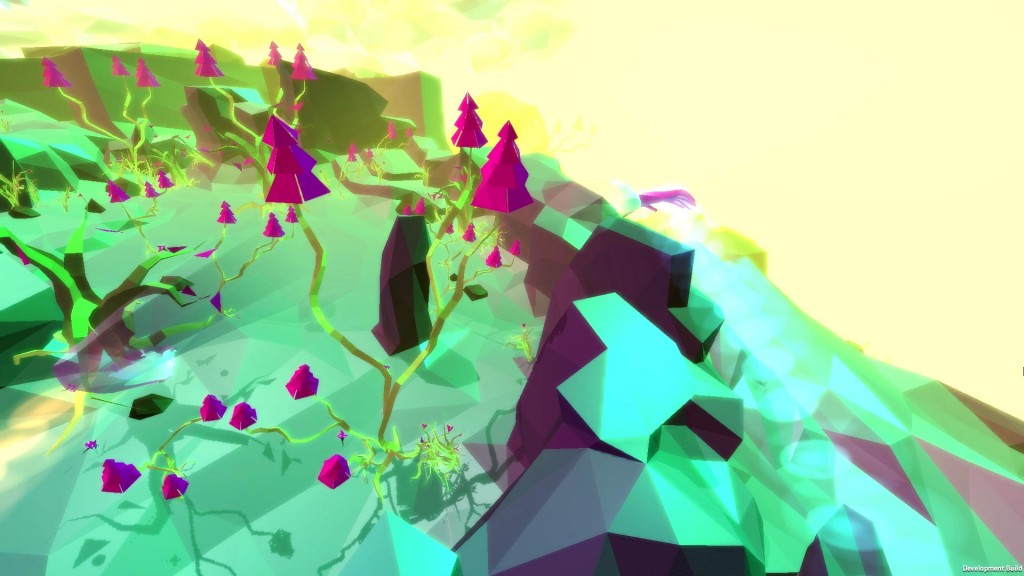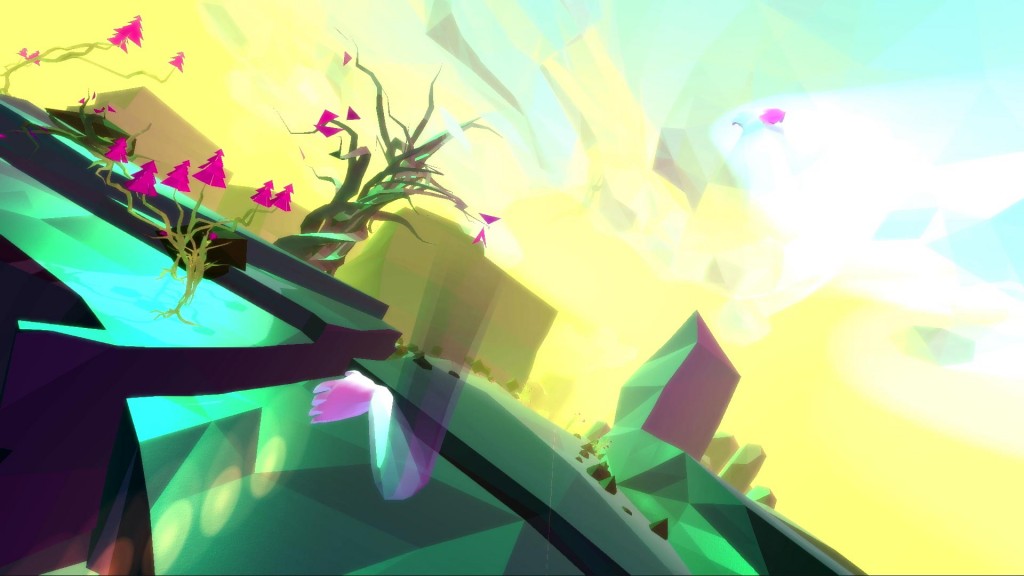The name Project Milo might not mean much to you. In fact, the world has long forgotten it, since it never actually made it into production. It was the concept that game developer Peter Moulyneaux and Microsoft used to first present Xbox Kinect to the world at E3 2009. It showed physical objects making their way into the virtual world through Kinect’s 3D scanning capabilities. Unfortunately for Microsoft – just as happened with the tablet PC – it was too early and the technology (or maybe the public) was not ready. So, Kinect ended up becoming a kid’s toy and Project Milo was forgotten.
Now, this idea of blending physical and virtual reality is coming back. HP presented and launched the Sprout blended reality system which does exactly that: 3D scans real objects in real time to make them into virtual 3D models. With help from VR visors, such as Oculus Rift, Sony’s and HTC’s, it is now possible to scan objects and play with them in the 3D virtual world.
With 3D printing, we can even take them with us in the opposite direction, from virtual back to physical. All of these capabilities, along with motion controls, have been implemented by a team of developers from Germany called VR Nerds in their Lucid Trips VR gaming project. Specifically, they have now presented the first world in the Lucid Trips universe, a sort of virtual art gallery called Whateverland, where artists can digitize and physicalize their creations seamlessly.
Before we get deeper into the Lucid Trips world, perhaps, you should watch the introductory video and get a clear understanding of what the VR Nerds team is trying to do. Sara Vogl, the most outspoken member of the team (which also includes Nico Uthe and Mo Li), will take you for spin.
The concept behind the Lucid Trips game is described as that of a “Virtual Reality geo–caching experience, which elaborates on planetary dream worlds, with a completely new concept, defining and navigating your avatar in a distinctive way, using motion controllers.” In other words, the gameplay lets you navigate through the virtual environments by flying and swimming through the air using the motion controllers, as if you were inside a dreamscape. At this stage the PlayStation Move controls are being used but a newer “Handwalking Controller” system is in development.
While Lucid Trips is still at the “Proof of Concept” stage and has not yet entered Alpha development; nor has it launched a funding campaign to go into production, the team has presented Whateverland as the first world in the Lucid Trips universe. Inside Whateverland, players can explore the work of selected artists and interact with them in various ways. For example “analog” artists can have their creations digitized with a 3D scanner and integrated into the game world. Every piece of art offers unique interactions based on the artists’ intentions and concepts. Users then have the opportunity to purchase the artworks and materialise them as 3D prints. The first planet features works from established German artists Neo Rauch and Daim.
The Kickstarter campaign for this self funded project is coming later this year. It is difficult to envision anything that makes a more complete use of all the newest technologies that are becoming available to consumers: video gaming, motion sensing, VR, 3D scanning and 3D printing. If innovation takes place where new technologies collide, we can get ready to embark in a Lucid Trip into the future of entertainment very soon. It would be nice to take Milo along.





